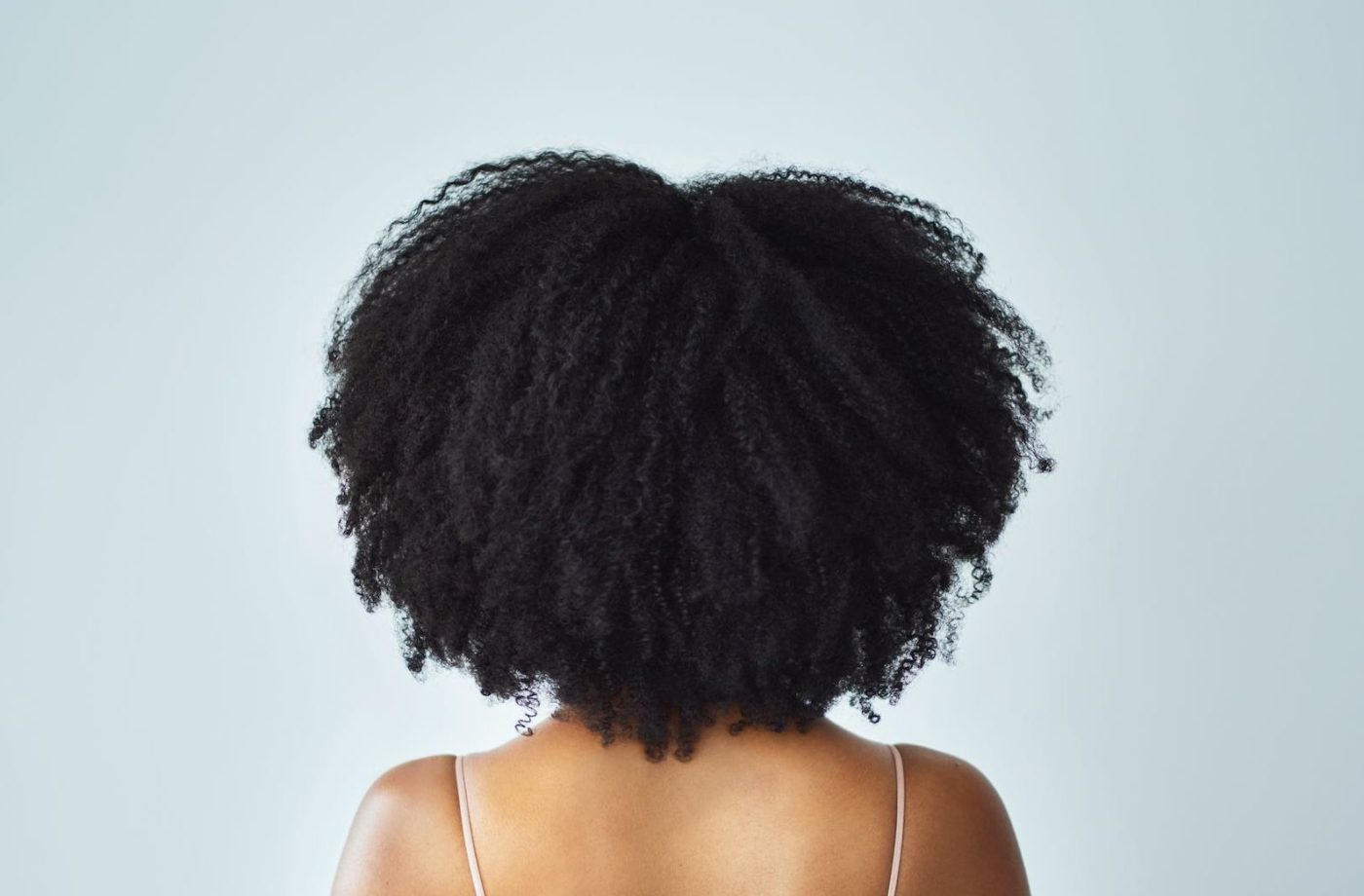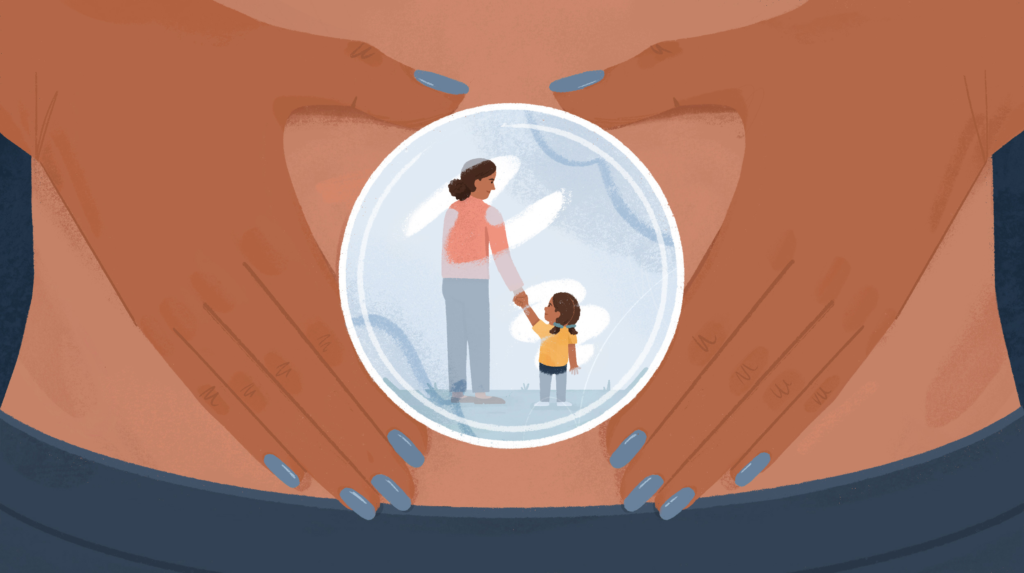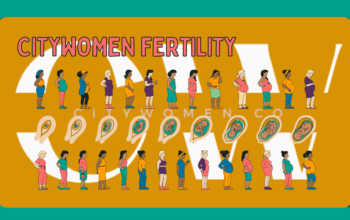
February 10, 2020 at 05:11PM by CWC
Black women and girls have long existed within the duality of having hair that is both too much and not enough. Too big. Too coarse. Too tough. Not easy enough to tame. Not good enough to wake up and go. In Hair Love, which won an Oscar for best animated short, we see two distinct ends of that spectrum. A little girl with hair too big for her father to tame, and her mother, who lost her hair to illness.
Director Matthew Cherry said in his acceptance speech that Hair Love was “born out of wanting to see more representation out of animation, but also wanting to normalize Black hair.” Cherry also mentioned The CROWN Act in his speech. An acronym for “Create a Respectful and Open World for Natural Hair,” CROWN seeks to prohibit discrimination based on hair style and hair texture. It was first written into law in California, and states like New York and New Jersey have since adopted it. The New Jersey law went into effect in December 2019, one year after the wrestling match where New Jersey high school wrestler Andrew Johnson’s dreadlocks were forcibly cut off; Deandre Arnold, a Texas high school student who was suspended for refusing to cut his locs, attended at the 92nd Annual Academy Awards as Cherry’s guest.
The film opens with a scene of the little girl excited to get up, put on her pretty pink dress, and take on the day. Her excitement diminishes the second she sits in font of a mirror and pulls off her bonnet, revealing big, rambunctious curls. She lets out a sigh, knowing the battle she must complete before stepping out the door. It’s a feeling every Black woman has felt before. Knowing how hard it’s going to be to get your hair looking presentable, because your hair is either done or not done—there is no middle ground. “Bed head” is not a style, and a “messy bun” is not an option. Unless your hair is in braids or buzzed short, it’s rare to have a true I-woke-up-like-this moment.
ADVERTISEMENT
ADVERTISEMENTKate Spade Autumn/Winter Sale |
The heart of the film lies in fear surrounding this little girls hair. We see her father afraid to style it, imagining that he and her curls are dueling it out in boxing ring. When treated with fear and ignorance, her hair is combative. But once her father takes his time, works with a little love (and a lot of leave-in conditioner), her hair becomes malleable, and turns out beautifully. (Hair Love is also a book that should be on every child’s reading list.)
Once her hair is styled, the girl and her father go to visit her mother, who is in the hospital with an illness that caused her to lose all of her hair. The little girl gives her mother a portrait of her bald head topped with a crown, reminding us that though our hair is so inextricably linked to our identity, it cannot, and should not, define us. As big and overwhelming as Black hair may seem, it’s not something to fear or police. It’s meant to be celebrated in all of its glory.
Read why this writer always wears her natural hair in protective styles, and the right way to brush your hair, according to its texture.
Author Kara Jillian Brown | Well and Good
Selected by CWC

ADVERTISEMENT
ADVERTISEMENTUp to 30% off Gift Sets |







